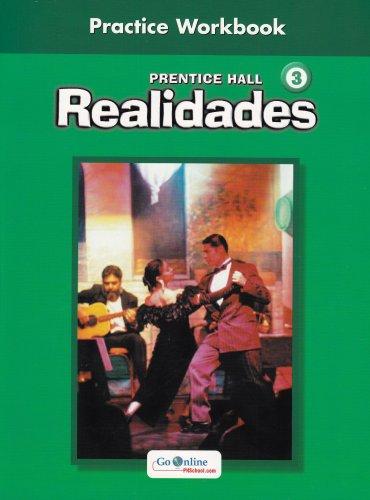
All Solutions
Page 88: 6-12
¿Quién le dio a Isabel un vestido tan bonito? (Who gave Isabel such a beautiful dress?)
Sus padres se lo habrán regalado/ Her parents will have given it to her.
As you can see, the indirect object pronoun “se”, and the direct object pronoun “lo” are singular, masculine. They refer to the dress.
Vi a José manejando el coche de Vera./ I saw José driving Vera’s car.
We´ll have to use the pronoun “Ella” (she) and the verb “vender” (to sell)
Ella se lo habrá vendido. /She must have sold it to him.
¿Cómo nos llegó esta tarjeta postal?/ How did this postcard get to us?
We´ll have to use the subject Nuestros primos (our cousins) and the verb enviar (to send)
Nuestros primos nos la habrán enviado./ Our cousins will have sent it to us.
Luis dice que ya entiende los problemas de matemáticas./ Luis says he already understands math problems.
We´ll have to use:
Subject: el profesor/ the professor
Verb: explicar/ to explain
El profesor se los habrá explicado./ The teacher will have explained them to him.
Clara dice que sabe tus planes./ Clara says she knows your plans.
We´ll have to use:
Subject: alguien/ someone
Verb: decir/ to tell
Alguien se los habrá dicho./ Someone must have told her.
¿Sabes que yo ya he visto las fotos de Teresa?/ Do you know that I have already seen Teresa’s photos?
We´ll have to use:
Subject: su novio/ her boyfriend
Verb: mostrar/ to show
Su novio te las habrá mostrado./ Her boyfriend will have showed them to you.
Ellos van al mismo hotel que Alberto./ They go to the same hotel as Alberto.
We´ll have to use:
Subject: él (He)
Verb: recomendar (to recommend)
Él se lo habrá recomendado a ellos / He will have recommended it to them.
¿Cómo es que no tienes aquellos discos digitales? / How come you don’t have those digital records?
We´ll have to use:
Subject: mis amigos/ my friends
Verb: llevarse/ to take
Mis amigos se los habrán llevado./ My friends will have taken them.

